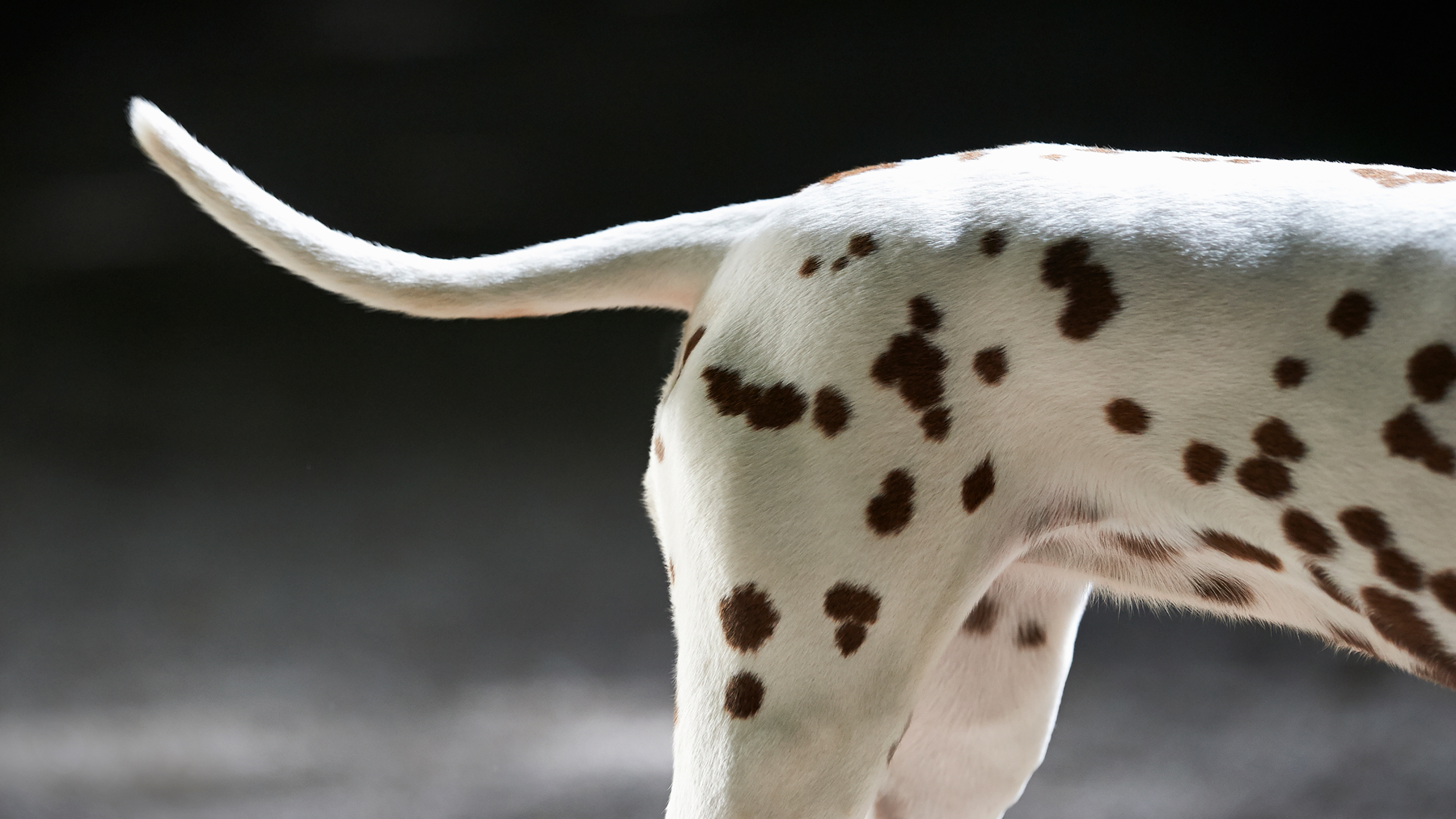Expert shares an easy way to find out how your dog’s feeling by looking at their tail
Hint: generally, the lower the tail, the less confident and assertive your dog is feeling. Read on to find out more…

As dogs can’t tell us how they’re feeling, it’s important to know what their body language means. Some aspects of their body language are well-known.
Many of us are aware that a cowering, hunched dog might be stressed or uncomfortable, that a dog with a relaxed posture and open mouth is probably happy and content, perhaps because they’ve got one of the best puppy toys, and that puppy growling when playing might not be an issue but did you know how much you can tell about your dog from their tail?
We often think of dogs simply as wagging their tails when they’re happy, but it’s not always that simple. Fortunately, Alex Sassa, the head trainer and behavior expert at Peach On A Leash Dog Training, has explained how to ‘read’ your dog’s tail in a recent Instagram post.
A post shared by Peach On A Leash Dog Training (@peachonaleash)
A photo posted by on
Sassa shares a video of two dogs at the vet. The first dog has a relaxed tail that’s swinging loosely, and the dog’s body is soft. The second dog, however, is wagging their tail, but the wagging is tighter and lower. “This is something we see more often in nervous dogs,” says Sassa in the video. She points out how the dog’s body is stiff, and explains that in such a dog, you’d probably see appeasement or avoidant behaviors.
Sassa elaborates, if your dog has a loose, relaxed tail that’s swinging at a steady pace, and a loose, relaxed body, it’s a sign in dog body language that your dog is probably happy.
On the other hand, if your dog’s tail is more stiff and high up – and flagging, which looks a lot like wagging – it’s a sign that your dog might not be entirely content. They may be aroused or concerned about something.
Meanwhile, a tight, low tail could be a sign of nervousness and anxiety. Generally, the lower a dog’s tail, the less confident and assertive they are. If your dog’s tail is like this, they might be trying to avoid or stay away from conflict, or be unhappy about something going on around them – if your dog doesn’t like the vet, for example, they may look like the second dog in the video.
Get the best advice, tips and top tech for your beloved Pets
And why do dogs chase their tails? This is one tail-related behavior that often confuses dog parents, but there are plenty of potential reasons. They may simply be playing, or they might be bored and need more stimulation. However, it could be related to obsessive-compulsive disorder or anxiety, an itch or irritation, or even an injury or illness. If in doubt, it’s best to contact your vet.
But generally speaking, you’ll have a good idea yourself of what your dog’s tail means. After all, you know your dog well, so with Sassa’s advice, you’ll be well-equipped to know how your dog might be feeling.

Adam is a freelance journalist specialising in pets, music and culture, and mental health and wellbeing. He investigates and writes the large majority of news on PetsRadar, and collaborates with veterinary experts to produce informative pet care content.
Adam has a journalism degree from Southampton Solent University and a masters degree in Magazine Journalism from Cardiff University. He was previously senior editor at dog advice website DogTime.com, and has also written for The Independent, GoodToKnow and Healthline.
He owns two rescue cats, Bunny and Dougie, and has also previously had a rabbit, fish and Roborovski dwarf hamsters.
